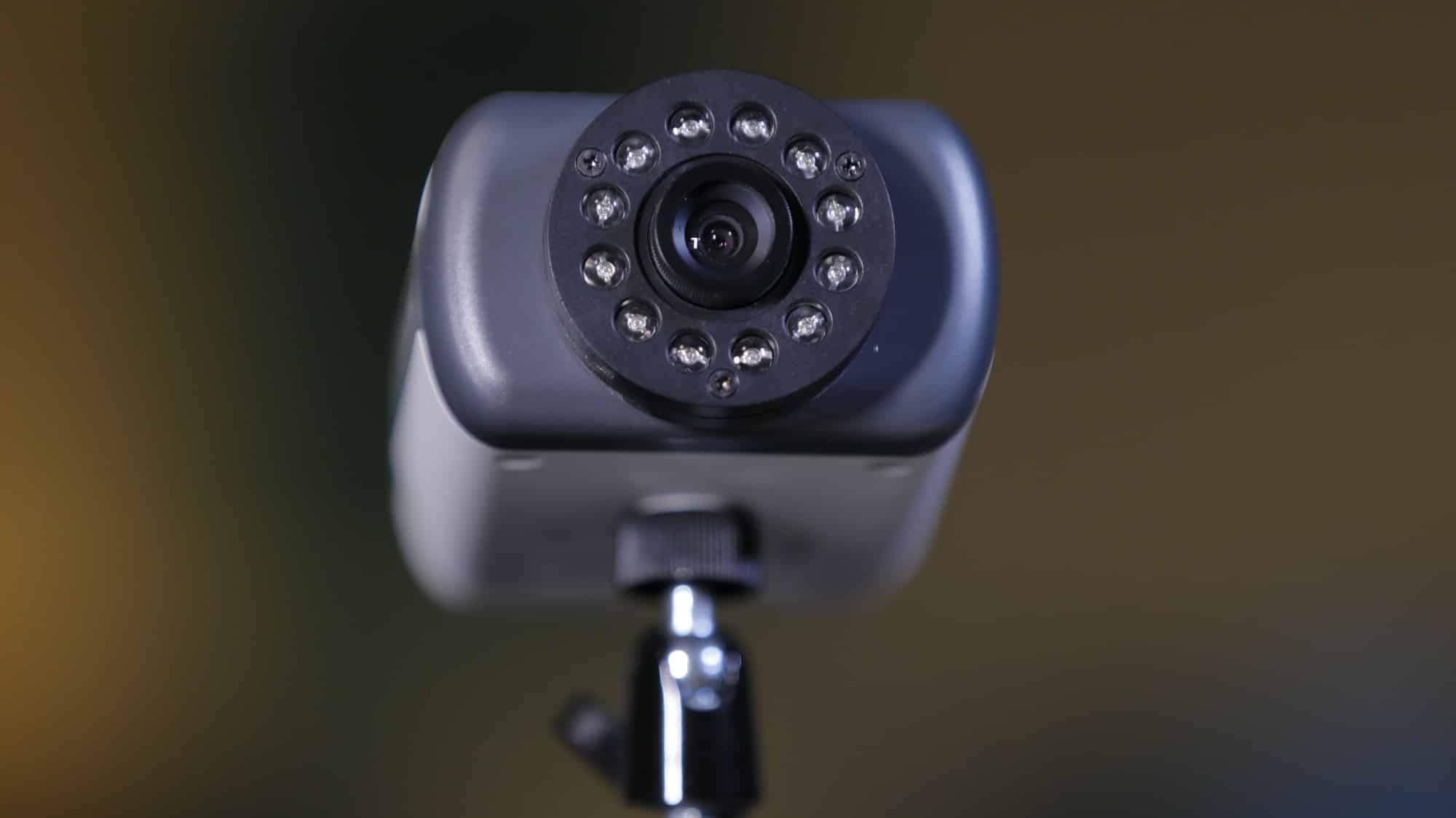As your teenager starts driving, it’s natural for parents to worry about their safety on the roads. After all, inexperienced drivers are often at a higher risk of having accidents. Fortunately, technology can be a great ally in this situation, providing ways to monitor your teen’s driving habits and ensure their safety.
This article will discuss how telematics, GPS tracking, and apps can keep you informed about your teenager’s driving habits. It will also cover the potential insurance benefits that can come with safe driving habits, helping to make your teen a more responsible driver.
A lire aussi : What Are the Latest Innovations in Fuel Efficiency Technologies?
Telematics and GPS Tracking: Making Roads Safer for Teen Drivers
Telematics and GPS tracking technology have become increasingly popular in recent years, especially for parents of teen drivers. Together, they provide a comprehensive system for monitoring your teen’s driving habits and ensuring their safety.
Telematics systems, installed in your teen’s car, capture detailed data about driving habits such as speed, braking, and cornering. This data can provide insightful feedback about your teen’s driving habits, highlighting areas they need to improve to become a safer driver.
Dans le meme genre : How to Choose the Right Windshield Wipers for Your Vehicle?
GPS tracking, on the other hand, lets you know where your teen’s vehicle is at all times. This can be useful to ensure they’re following the agreed-upon routes and not venturing into potentially dangerous areas.
Vehicle Monitoring Apps: Keeping an Eye on Your Teen’s Driving
With the advent of smartphone technology, vehicle monitoring apps have become a viable option for parents looking to keep track of their teens’ driving habits. These apps, paired with on-board telematics systems, can provide real-time data about your teen’s driving.
For instance, some of these apps can alert you if your teen exceeds a certain speed limit, or if they’re using their phone while driving. Others provide a detailed trip log, showing exactly where your teen drove, how fast they drove, and how aggressive their acceleration or braking was.
Further, most of these apps come with a dashboard that allows you to easily review and analyze this driving data, helping you identify patterns and address any unsafe habits with your teen.
Teaching Your Teen Safe Driving Habits
While technology can help monitor your teen’s driving, it’s equally important to instill safe driving habits in them. The data collected from telematics, GPS tracking, or vehicle monitoring apps should be used as a teaching tool, not a surveillance system.
Use the information obtained to have open discussions with your teen about their driving. For example, if the app reports that your teen has been speeding, talk to them about the dangers of speeding and how it increases the risk of accidents.
Moreover, encourage your teen to develop good driving habits, such as always wearing a seatbelt, maintaining a safe distance from the vehicle ahead, and avoiding distractions like texting while driving.
Insurance Benefits for Safe Teen Drivers
Demonstrating safe driving habits can also lead to insurance benefits for your teen. Many insurance companies offer discounts for drivers who use telematics or vehicle monitoring apps. These "good driver" discounts can significantly reduce your car insurance premiums.
In addition to discounts, some insurance companies offer coaching programs for teen drivers. These programs use the data from telematics systems to provide personalized feedback and recommendations, helping your teen become a safer driver.
Remember, while technology can help monitor your teen’s driving habits, it’s also crucial to regularly communicate with your teen about safe driving. Using these tools not as a form of control, but as a way to promote and encourage safe driving can help your teen become a responsible driver and ensure their safety on the roads.
Using Real-Time Alerts for Promoting Safe Driving Habits
In order to promote safe driving with your teen, it’s crucial to utilize real-time alerts provided by telematics, GPS tracking, and vehicle monitoring apps. These alerts, triggered by specific driving behaviors, can offer a real-time way to correct and improve your child’s driving habits.
For instance, if your teen exceeds the speed limit, a real-time alert can be sent to your phone. This allows you to address the issue immediately, discussing the dangers of speeding and emphasizing the importance of adhering to speed limits for their safety. Similarly, alerts can be triggered by sudden braking or acceleration, indicating potentially risky driving behaviors.
The real-time nature of these alerts is key, as it allows for immediate intervention and discussion. Rather than waiting until your teen comes home, you can address these issues as they happen, leading to a more impactful conversation about driving safety.
Furthermore, certain apps also offer features that combat distracted driving, a common issue among young drivers. For instance, an app might send an alert if it detects phone usage during driving, or it might automatically disable certain phone functions when the car is in motion.
Remember, the primary goal of these tools isn’t to spy on your teen or restrict their freedom. Instead, they serve as valuable teaching aids that can help your teen driver become more aware of their driving habits, make necessary improvements, and ultimately become a safer driver.
Conclusion: Creating a Culture of Safety for Teen Drivers
As technology continues to evolve, parents have an array of tools at their disposal to help monitor their teen’s driving habits. From telematics and GPS tracking to vehicle monitoring apps, these technologies can provide invaluable insights about your teen’s behavior behind the wheel.
However, it’s critical to remember that these tools are not a substitute for open communication and education about safe driving. Use the data they provide to have constructive conversations about driving safety with your teen. Discuss the consequences of risky behaviors such as speeding, sudden acceleration, and distracted driving, and stress the importance of maintaining safe habits like wearing seatbelts and keeping a safe distance from other vehicles.
Moreover, these technologies can also bring economic benefits in the form of car insurance discounts. By demonstrating safe driving habits through telematics data, your teen can qualify for "good driver" discounts, leading to potential savings on your car insurance premiums.
In conclusion, while monitoring your teen’s driving can be a daunting task, technology can be a valuable ally in this endeavor. By using these tools wisely and purposefully, you can help shape your teen into a responsible, safe driver, ensuring their well-being on the roads. As parents, our aim should not merely be to track our teens but to guide them towards becoming responsible young drivers who prioritize safety above all else.













